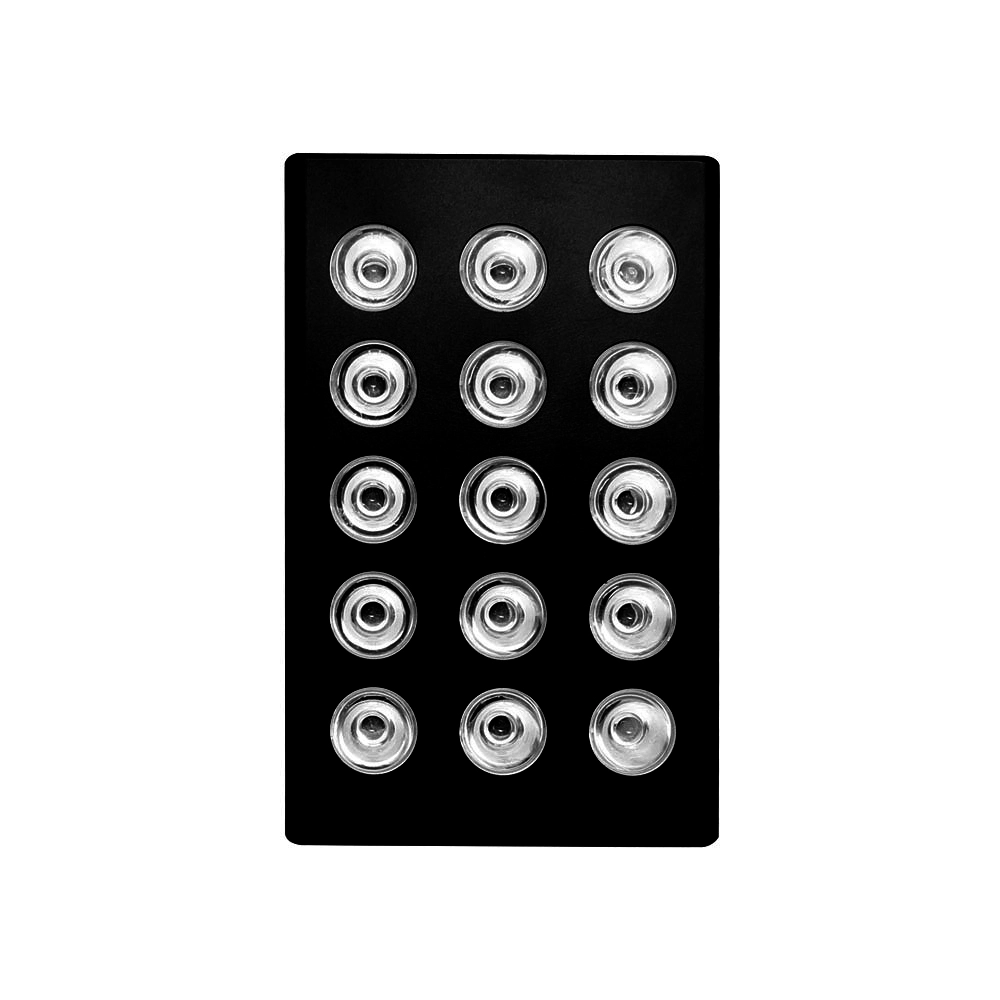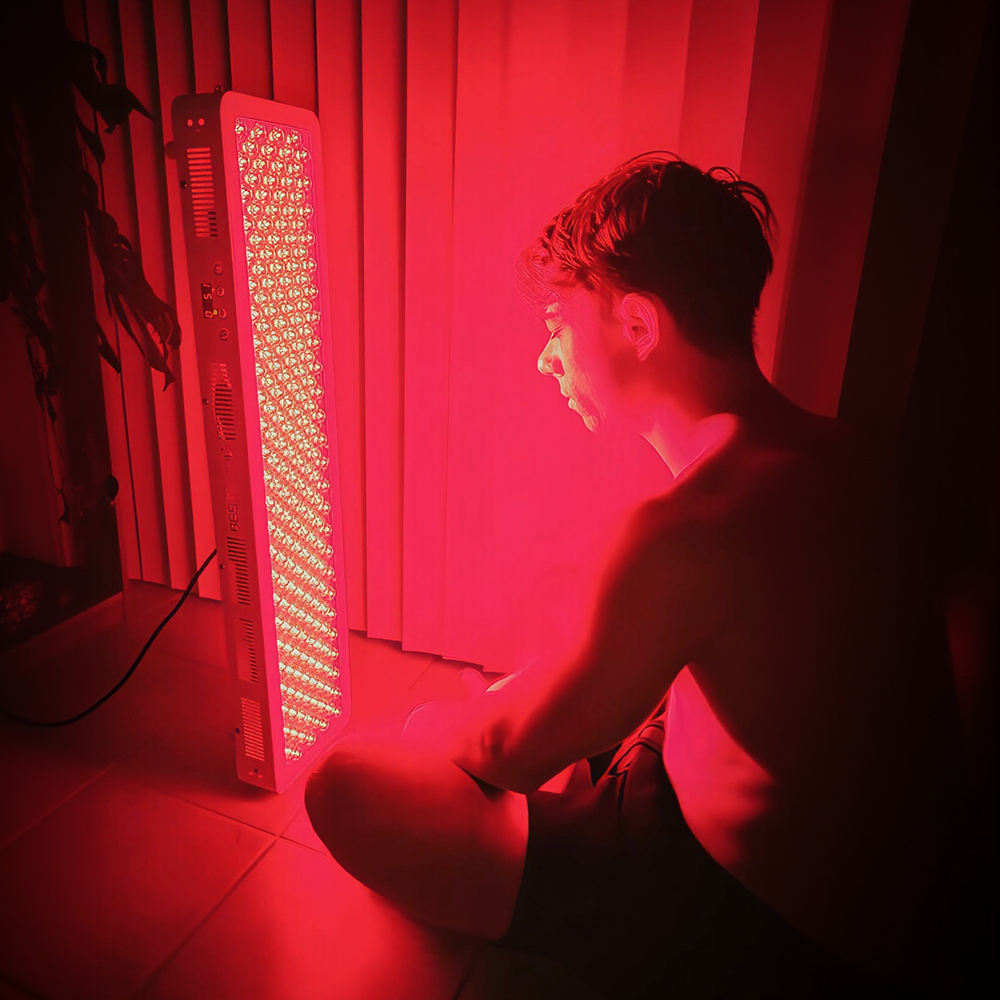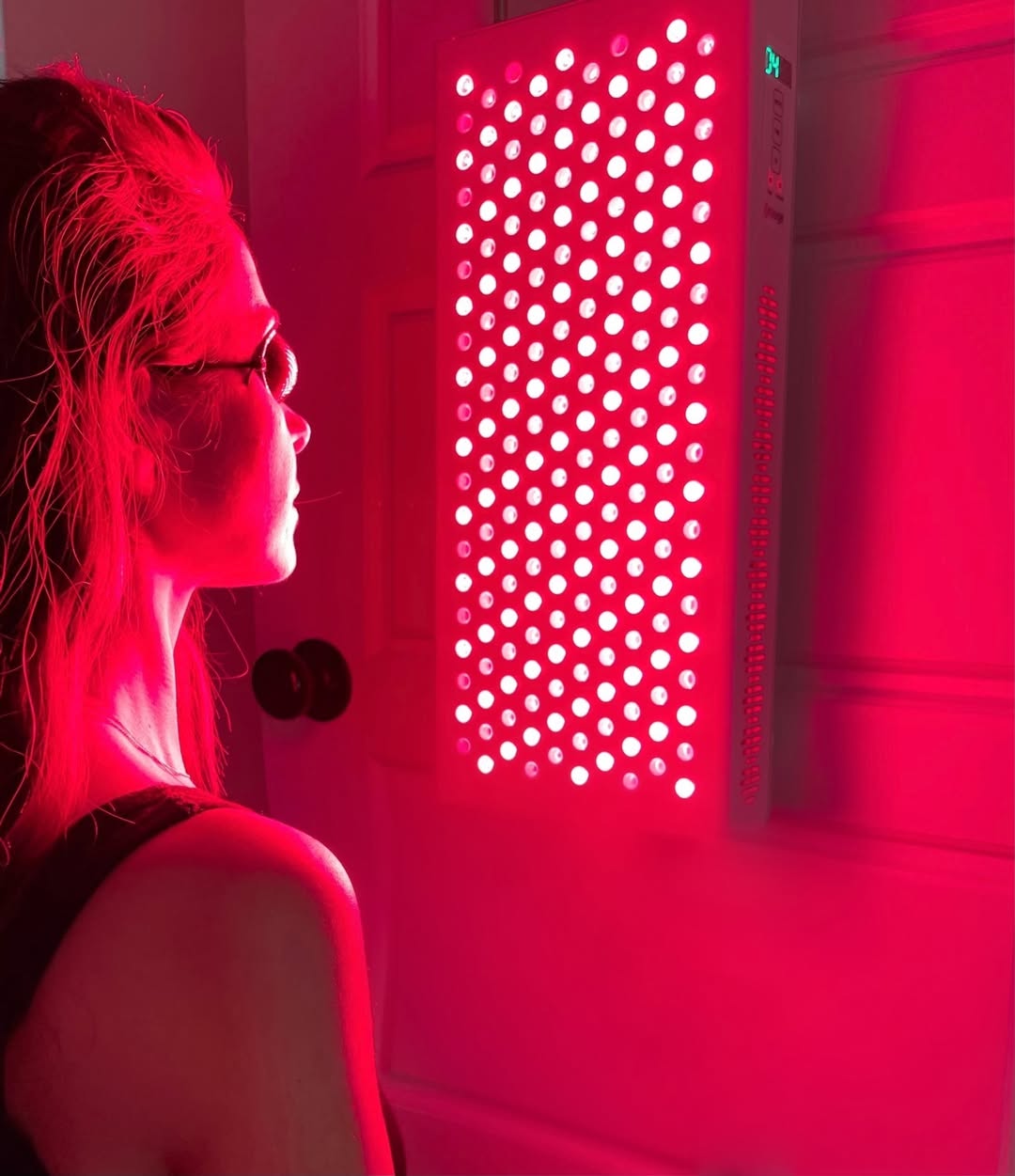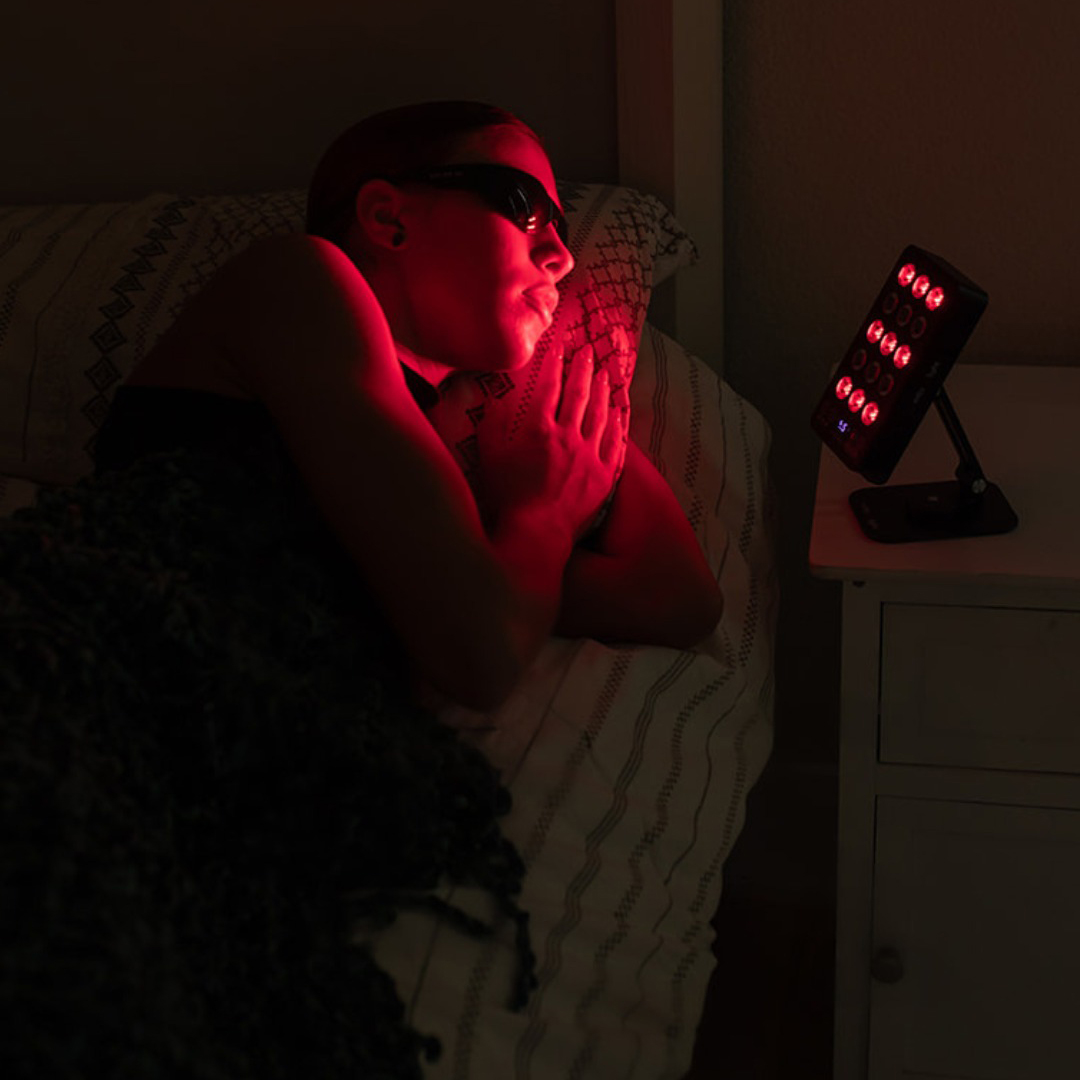![]() Free Shipping
Free Shipping ![]() Buy Now, Pay Later
Buy Now, Pay Later ![]() Eligible
Eligible
Can Red Light Therapy Kill Parasites? An Evidence-Based Look

Red Light Therapy (RLT), also known as photobiomodulation, has gained immense popularity for its benefits in skin health, pain relief, and tissue repair. As people explore its wide-ranging applications, a critical question emerges: Can red light therapy kill parasites?
The short answer is that while RLT shows promising indirect benefits for the immune system, which is your primary defense against parasites, it is not a recognized or proven direct treatment for parasitic infections. This article will delve into the science, explaining what RLT can and cannot do in the context of parasitic invaders.
Understanding the Mechanics: How Red Light Therapy Works
To understand its potential role, we must first grasp the fundamentals of RLT. It involves exposing the skin to low-wavelength red and near-infrared (NIR) light.
- Cellular Energy Boost: The primary mechanism is the absorption of light by the mitochondria in our cells. This supercharges the mitochondria, leading to increased production of adenosine triphosphate (ATP), the fundamental energy currency of the cell.
- Improved Blood Flow: RLT stimulates the release of nitric oxide, a compound that improves circulation and oxygen delivery to tissues.
- Reduced Inflammation: It helps modulate the body’s inflammatory response, reducing chronic inflammation.
- Enhanced Cellular Repair: With more energy and better resources, cells can repair themselves more efficiently.
Expert Insight: “Photobiomodulation is fundamentally a supportive therapy. It optimizes cellular function, which in turn can enhance systemic processes like immune response and tissue healing. It’s about making the body’s own systems work better, not about directly attacking pathogens like an antibiotic would.” — Dr. Michael Hamblin, a leading researcher in photomedicine.
The Direct Evidence: Does Light Directly Kill Parasites?
When we ask if something “kills” parasites, we typically think of a direct, lethal effect. The evidence for RLT here is limited and highly specific.
The Case of Helminths (Tiny Grubs) and Blue Light
Some studies have explored phototherapy for surface-level parasites. For instance, certain types of helminths (like Strongyloides) that can migrate just under the skin have shown susceptibility to light. However, it’s crucial to note that this research often involves blue light or other wavelengths, not the red and NIR light used in standard RLT. Blue light has different energy properties and antimicrobial effects.
Photodynamic Therapy (PDT) vs. Standard RLT
There is a related field called Photodynamic Therapy (PDT), which is used to kill abnormal cells and microorganisms. PDT involves:
- Administering a light-sensitive drug (a photosensitizer).
- Exposing the area to a specific wavelength of light.
- The light activates the drug, creating a toxic reaction that destroys the target.
While PDT has shown efficacy against some parasites in lab settings, this is not the same as using a standard red light therapy device at home, which does not involve a photosensitizing agent.
The Indirect Power: Boosting Your Body’s Natural Defenses
This is where the most compelling argument for RLT’s role lies. While it may not zap parasites directly, it can create an internal environment where your body is better equipped to fight them off.
- Immune System Modulation: RLT can enhance the function of key immune cells like lymphocytes and macrophages, which are essential for identifying and destroying pathogens, including parasites.
- Reducing Inflammation from Infection: Many parasitic infections cause significant inflammation. By helping to control this inflammatory response, RLT can alleviate symptoms and support overall health during an infection.
- Gut Health and Mucosal Integrity: Some research suggests RLT can support gut health. A healthy gut lining is a critical barrier against intestinal parasites.
RLT vs. Conventional Parasite Treatments: A Comparative Table
| Feature | Red Light Therapy (RLT) | Conventional Anti-Parasitic Drugs |
|---|---|---|
| Primary Mechanism | Supports cellular health & immune function | Directly toxic to parasites |
| Direct Killing Effect | Not proven | Yes, the intended purpose |
| Evidence Level | Preliminary for immune support; low for direct action | Strong, clinically proven |
| Common Use Case | Wellness, recovery, skin health, pain management | Diagnosed parasitic infection |
| Side Effects | Very few when used correctly | Can include nausea, dizziness, and other side effects |
| Role in Treatment | Supportive & Adjunctive | Primary & Curative |
The Verdict and Final Recommendations
So, can red light therapy kill parasites? Based on current scientific evidence:
No, red light therapy is not a reliable or proven method to directly kill a parasitic infection. Relying on it as a primary treatment for a suspected parasitic infection would be ineffective and potentially dangerous, as it could allow the infection to worsen.
However, RLT can be a valuable supportive tool. By enhancing your immune system, reducing inflammation, and improving overall cellular function, it can help create a “hostile environment” for parasites and support your body’s natural healing processes alongside conventional treatment.
VELLGUS Elite V2
THE #1 RATED RED LIGHT DEVICE
Key Takeaways and Safe Practices
- Not a Standalone Cure: Never use RLT to self-treat a suspected parasitic infection.
- Consult a Medical Professional: If you suspect you have a parasite, seek diagnosis and treatment from a healthcare provider. Prescription anti-parasitic medications are the gold standard.
- Use RLT as a Wellness Support: You can confidently use RLT to support your overall health, boost your immune system, and improve your energy levels, which may indirectly help your body resist all types of infections.
- Focus on Prevention: The best defense against parasites is prevention through good hygiene, safe food handling, and clean water practices.
In conclusion, view red light therapy as a powerful tool for optimizing your body’s innate defenses, not as a magic bullet for eliminating specific pathogens like parasites.








